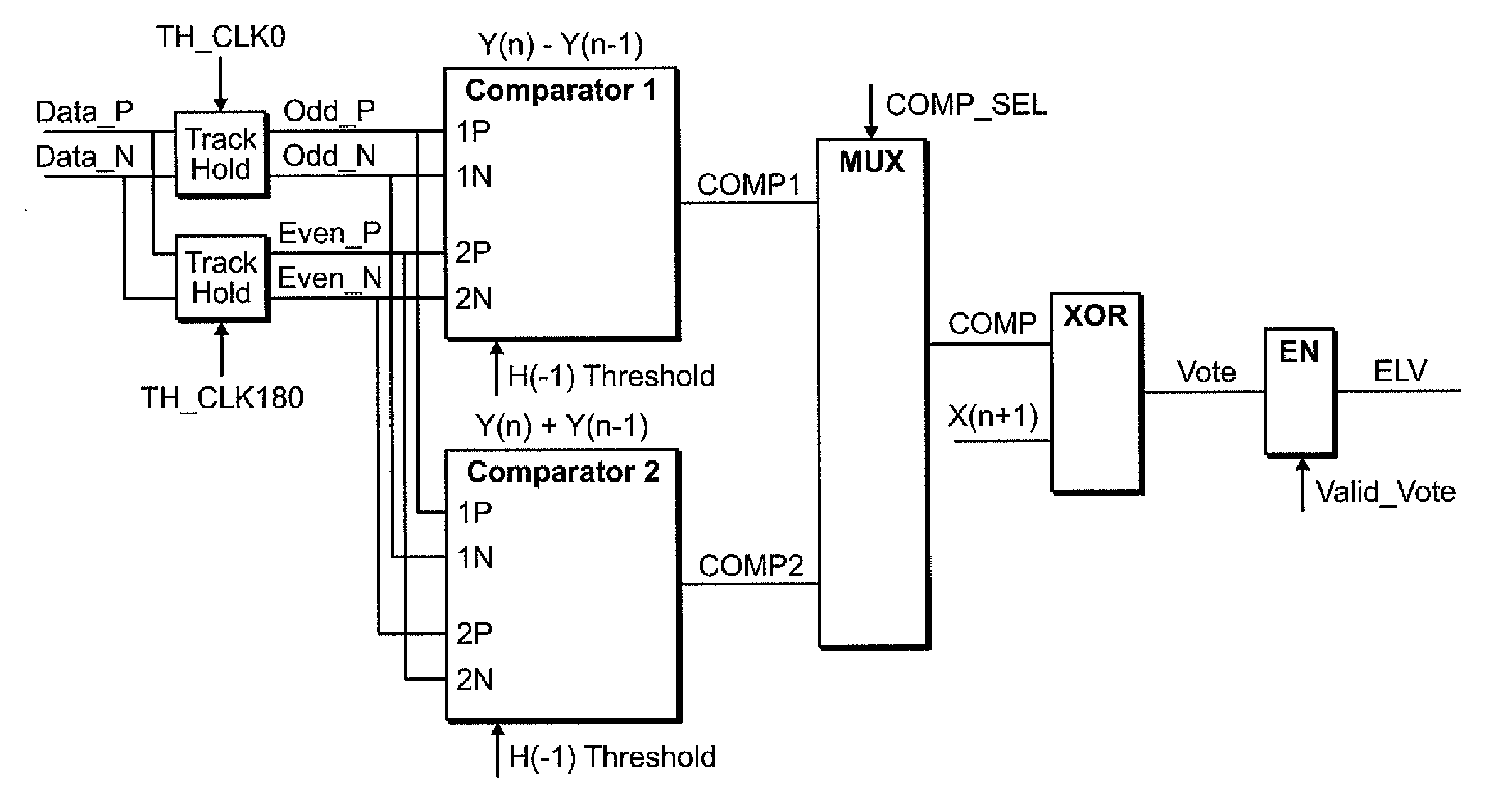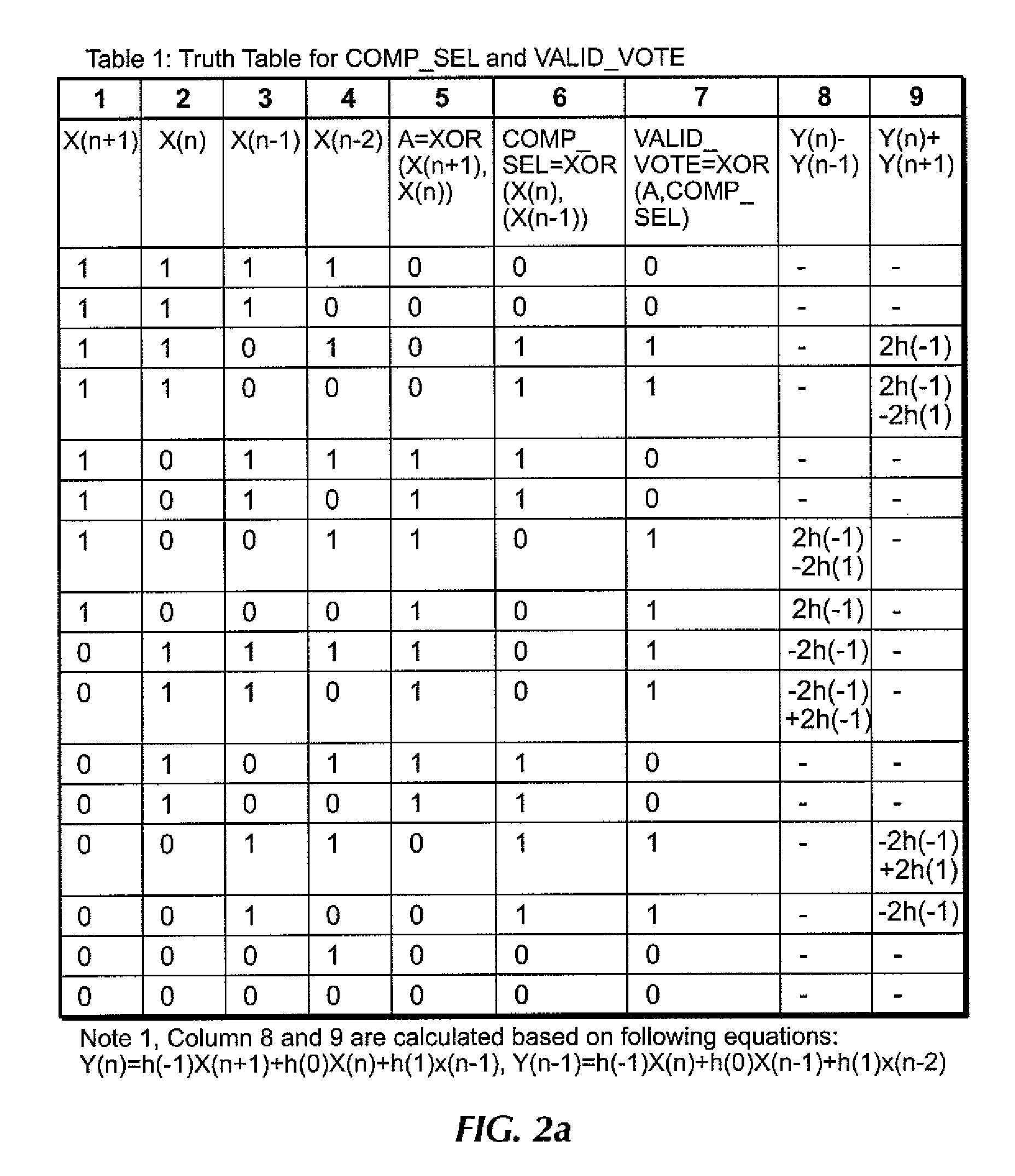Analog baud rate clock and data recovery
a digital baud rate clock and data recovery technology, applied in the field of analog baud rate muellermuller algorithm based clock and data recovery, can solve the problems of costing a lot of area and power, affecting the performance of the link, and affecting the quality of the clock recovery
- Summary
- Abstract
- Description
- Claims
- Application Information
AI Technical Summary
Benefits of technology
Problems solved by technology
Method used
Image
Examples
Embodiment Construction
[0027]Embodiments of the present disclosure will be presented below with reference to the drawings.
[0028]The Mueller-Muller (MM) algorithm set the theoretical framework for baud-rate CDR design However, the MM-algorithm does not cover the aspect of implementation with modern very-large-scale integration (VLSI) technology for specific applications. One or more embodiments of the present invention implement an analog baud-rate MM-based CDR.
[0029]In one or more embodiments of the present invention, for a baud-rate clock and data recovery (CDR) algorithm based on the MM-algorithm approach, an optimal sampling time is that which the precursor H(−1) 101 (also called a timing error signal) of a symbol response is equal to a set threshold. For example, in FIG. 1a, the threshold is set to zero, but this is not necessarily the case for all possible adaptations. It may be desirable to set the threshold to a value slight above zero along the symbol curve. If H(−1) 101 is less than the threshold...
PUM
 Login to View More
Login to View More Abstract
Description
Claims
Application Information
 Login to View More
Login to View More - R&D
- Intellectual Property
- Life Sciences
- Materials
- Tech Scout
- Unparalleled Data Quality
- Higher Quality Content
- 60% Fewer Hallucinations
Browse by: Latest US Patents, China's latest patents, Technical Efficacy Thesaurus, Application Domain, Technology Topic, Popular Technical Reports.
© 2025 PatSnap. All rights reserved.Legal|Privacy policy|Modern Slavery Act Transparency Statement|Sitemap|About US| Contact US: help@patsnap.com



